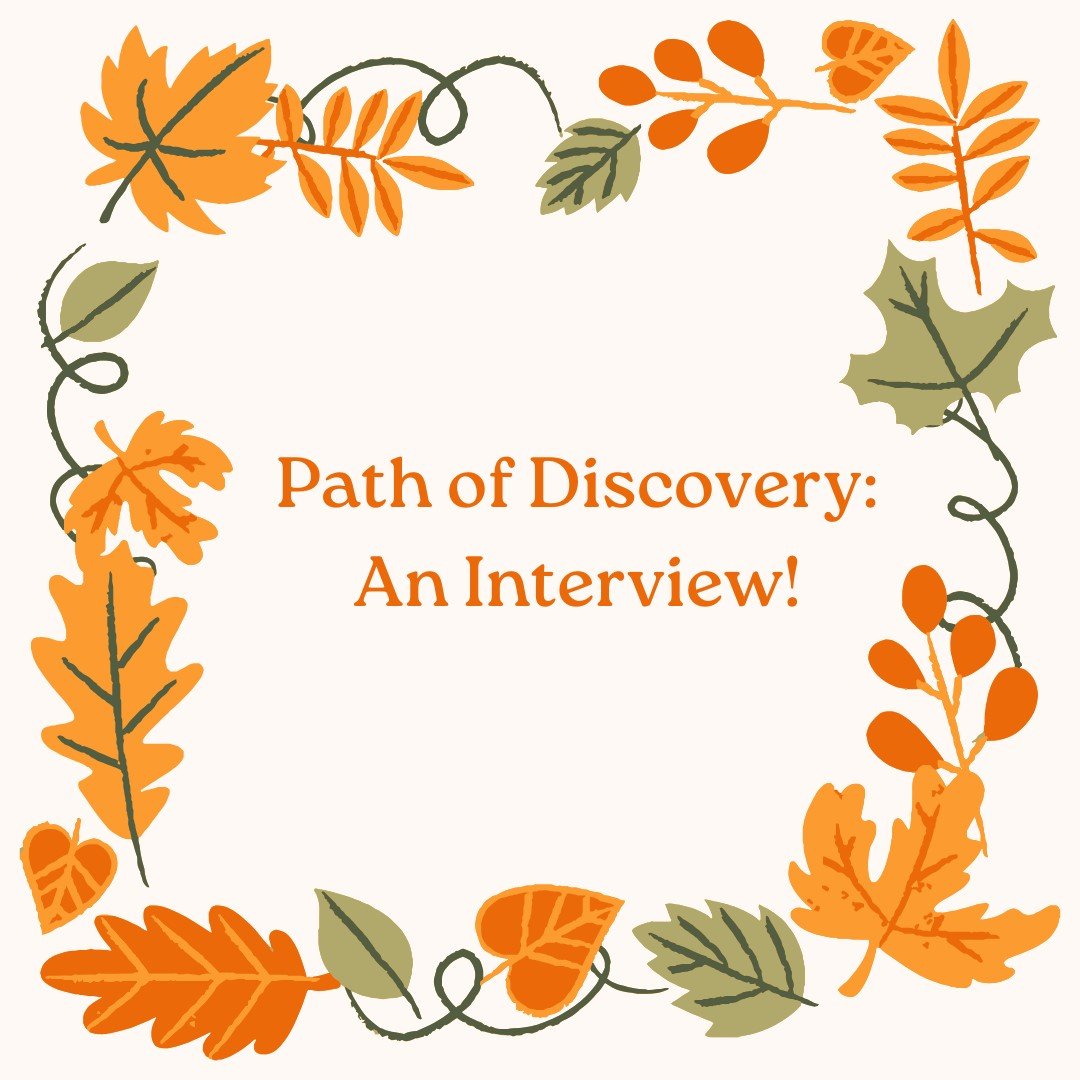Splendid news: I’ve had a craft article published today at Women on Writing. The topic is a very fanciful and fun one: “4 Epic Takeaways from Myths, Fairytales, and Folktales to Apply to Your Writing.”
Ta-da!
“4 Epic Takeaways from Myths, Fairytales, and Folktales to Apply to Your Writing”
by Melanie Faith
Stories based on myths, fairytales, and folktales have interested readers and have seen a remarkable resurgence in popular fiction and bestselling novels in recent years. Authors like Sarah J. Maas of A Court of Thorns and Roses series fame and Madeline Miller’s Circe are household names.
First, let’s explore some exciting reasons why writers and readers alike find these stories compelling and inspiring.
· They reignite our childhood imaginations. Most writers and readers fondly remember their favorite mythic characters. We grew up on their adventures, and it felt like we grew up with them, too. Whether it was Cinderella, Little Red Riding Hood, The Frog Prince, or other Brothers Grimm fairy-tale protagonists or Hans Christian Andersen’s Thumbelina, The Little Match Girl, The Emperor’s New Clothes, The Ugly Duckling, The Wild Swans, or The Snow Queen, these stories populated library shelves and bookshelves in our rooms that take us back to our earliest days of being read to and reading on our own.
· They connect us with timeless stories of human emotion. All of those bedtime stories influenced us as creative thinkers and helped us to learn empathy. I remember a Little Golden Book copy of Hansel and Gretel my dad used to read to us for bedtime stories that I begged to hear over and over, even though it also completely freaked me out with its tender, lost brother-and-sister duo, the gingerbread-house-residing scary witch, and that terrifying oven. I also remember well the beautiful, far-less-frightening treasury of children’s folktales with Rapunzel’s long, long tresses descending and dangling from a fortress tower.
· They represent our heritages. Myths, fairytales, and folktales are popular throughout the world and in every culture. They feel embedded in our DNA almost. They transmit the values and customs appreciated within a culture. Whether these stories are translated into many languages or remain in their language of origin, they often share commonalities in theme, tone, and plot. Human nature explored with drama and humor and warnings and hope against all odds. These stories can sometimes offer well-paced and satisfying closure we seldom get in everyday life.
· They give us other worlds to retreat to and to savor in the midst of turbulence and turmoil. They are epic recreations of stress and struggle with protagonists with whom we can identify. They also give us deeper insight into our own times and our place within them. These are some of the many reasons why stories based on Greek and Roman myths as well as entirely new world-building settings continue to flourish.
What can we take from fairytales to apply to our own writing? Try these four tips:
· Every protagonist needs a sufficiently powerful antagonist to contend with. If the antagonist doesn’t unleash enough consequences and trouble, the protagonist won’t need to rise to the occasion to protest and triumph. Make sure your antagonists cause enough conflict in your narrative. This is one of the most common reasons for ho-hum fiction that gets rejected. What is your protagonist’s worst fear? That should inform your antagonist’s next moves.
· When the chips are down, they are never completely defeated. Make sure the larger implications of the conflict are explored in vivid detail so that your readers can imagine the anxious situation and feel it as they read. Embed a small foreshadowed detail to maintain the hope that eventually will prevail.
· Setting is significant. Nothing should happen in a vacuum. Where and when a story takes place are vital elements to good storytelling. Add visual images, references to music and art and books and important popular culture of the time, and landscape or architectural details to flesh out scenes, especially near the beginning of a longer work to create vibrant context. Research settings and eras with an eye towards intriguing tidbits to share in your tale. Readers really want to feel like they, too, are stepping into and roaming around the protagonist’s authentic world.
· Protagonists don’t need to say a lot at once to have a big impact. Actions and reactions are just as important, if not more so, than dialogue. Definitely write conversations into your tale, but keep dialogue as direct, pertinent, quickly paced, and resonant as possible. Protagonists don’t have time for long-paragraph speeches and explanations before springing into action. The clock is tick-tick-ticking! Show their determination and concern with their actions, rather than their pronouncements.
The next time you open your draft-in-progress, consider applying these tips to create more vital, vibrant prose. Also, join us for my new upcoming course with further tips about crafting your own riveting protagonists and worlds that will keep readers returning again and again.
Want to learn more? Writing the Mythic: Penning Prose Exploring Myths, Fairytales, and/or Folktales starts on Friday, April 18th. I’d love to have you join us. 😊
Beautiful illustrations courtesy of Women on Writing.













